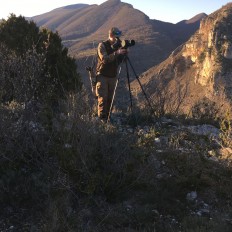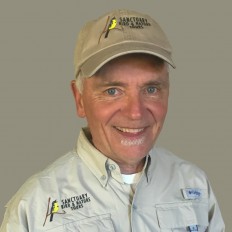Top species
- Rock Ptarmigan (Lagopus muta)
- Black Grouse (Lyrurus tetrix)
- Rock Partridge (Alectoris graeca)
- Golden Eagle (Aquila chrysaetos)
- Eurasian Pygmy-Owl (Glaucidium passerinum)
- Eurasian Three-toed Woodpecker (Picoides tridactylus)
- Yellow-billed Chough (Pyrrhocorax graculus)
- Crested Tit (Lophophanes cristatus)
- Lesser Whitethroat (Curruca curruca)
- Ring Ouzel (Turdus torquatus)
- Rufous-tailed Rock-Thrush (Monticola saxatilis)
- Alpine Accentor (Prunella collaris)
- Citril Finch (Carduelis citrinella)
List up to ca. 25 species that:
• have a limited distribution range and/or are rare on a global level
• are most sought-after by birdwatchers at this site
• and are relatively easy to see at this site (year-round or seasonally)
| Rock Ptarmigan (Lagopus muta) | |
| Black Grouse (Lyrurus tetrix) | |
| Rock Partridge (Alectoris graeca) | |
| Golden Eagle (Aquila chrysaetos) | |
| Eurasian Pygmy-Owl (Glaucidium passerinum) | |
| Eurasian Three-toed Woodpecker (Picoides tridactylus) | |
| Yellow-billed Chough (Pyrrhocorax graculus) | |
| Crested Tit (Lophophanes cristatus) | |
| Lesser Whitethroat (Curruca curruca) | |
| Ring Ouzel (Turdus torquatus) | |
| Rufous-tailed Rock-Thrush (Monticola saxatilis) | |
| Alpine Accentor (Prunella collaris) | |
| Citril Finch (Carduelis citrinella) |
Yellow-billed Chough (Pyrrhocorax graculus) was added by Marco Zahnd (2022-02-18 14:09:05)
Crested Tit (Lophophanes cristatus) was added by Marco Zahnd (2022-02-18 14:08:30)
Rufous-tailed Rock-Thrush (Monticola saxatilis) was added by Marco Zahnd (2022-02-18 14:08:18)
Rock Partridge (Alectoris graeca) was added by Marco Zahnd (2022-02-18 14:08:06)
Rock Ptarmigan (Lagopus muta) was added by Marco Zahnd (2022-02-18 14:07:54)
Alpine Accentor (Prunella collaris) was added by Marco Zahnd (2022-02-18 14:07:47)
Citril Finch (Carduelis citrinella) was added by Marco Zahnd (2022-02-18 14:07:40)
Lesser Whitethroat (Curruca curruca) was added by Marco Zahnd (2022-02-18 14:07:30)
Eurasian Three-toed Woodpecker (Picoides tridactylus) was added by Marco Zahnd (2022-02-18 14:07:10)
Ring Ouzel (Turdus torquatus) was added by Marco Zahnd (2022-02-18 14:06:55)
Eurasian Pygmy-Owl (Glaucidium passerinum) was added by Marco Zahnd (2022-02-18 14:06:46)
Golden Eagle (Aquila chrysaetos) was added by Marco Zahnd (2022-02-18 14:06:36)
Black Grouse (Lyrurus tetrix) was added by Marco Zahnd (2022-02-18 14:06:21)





